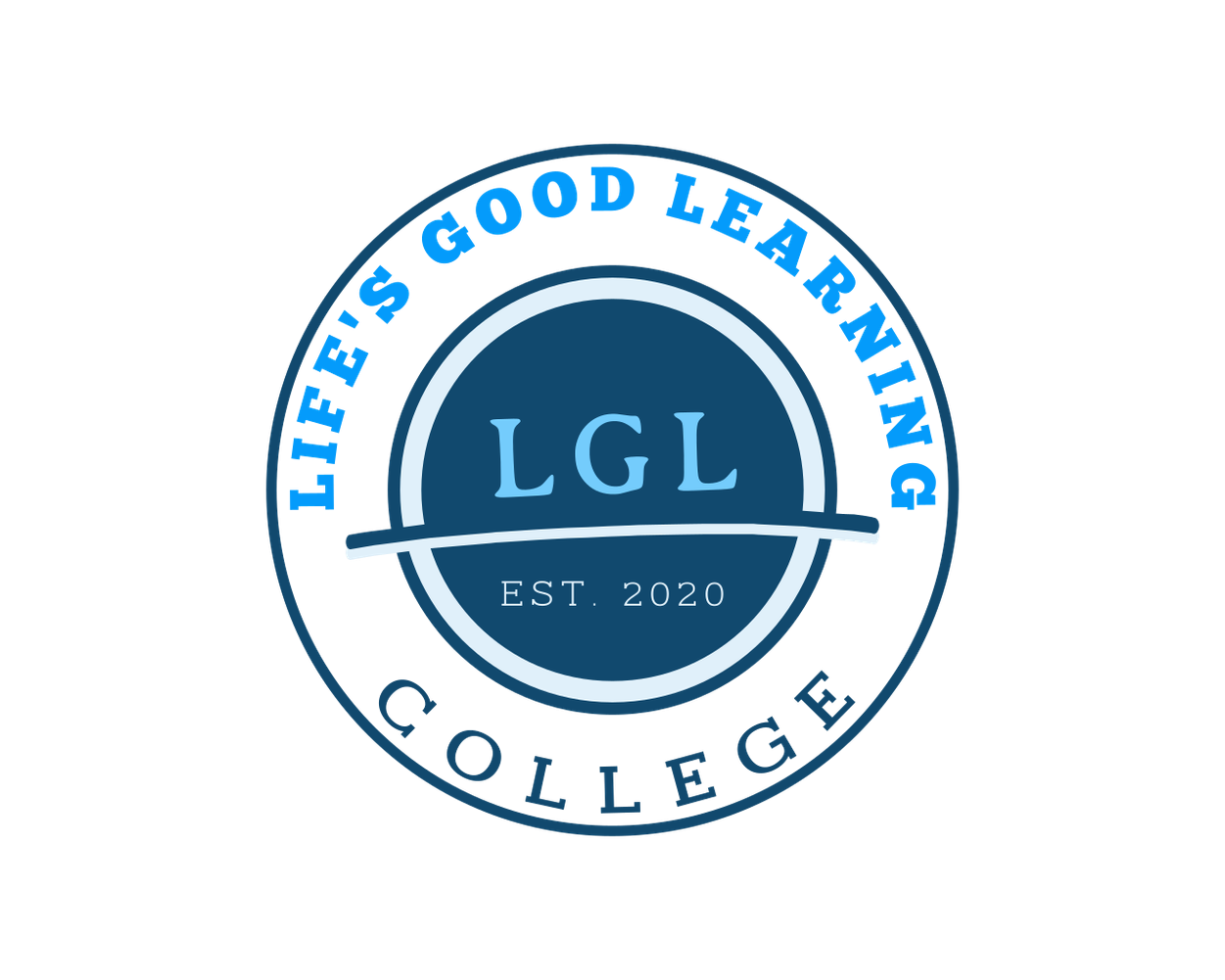
The Importance of CPR Certification for Healthcare Professionals
Share
Cardiopulmonary resuscitation (CPR) is a life-saving skill that every healthcare professional must know. It’s not just a recommendation—it’s a requirement in most healthcare settings. Whether you're in a hospital, clinic, or emergency response team, CPR certification equips you to act swiftly and effectively in critical moments. When a patient's heart stops or breathing ceases, trained professionals make the difference between life and death. This article explores the importance of CPR certification, how to get it, and why it matters not only for professionals but also for the broader community. Let’s take a closer look at this vital credential.
Defining CPR and Its Significance
CPR stands for cardiopulmonary resuscitation. It’s a procedure used to manually support a person's heartbeat and breathing during cardiac or respiratory arrest. The goal is to maintain oxygen flow to the brain and vital organs until professional help or advanced life support arrives.
The significance of CPR lies in its timing. When a person experiences cardiac arrest, every minute without oxygenated blood decreases their survival rate. Immediate CPR can double or even triple the chances of survival. In healthcare settings, delays in starting CPR are rare—but only when certified professionals are present and prepared.
For medical personnel, knowing how to perform CPR is non-negotiable. It forms the foundation of emergency response. Whether it’s in a hospital hallway or at a patient’s bedside, CPR knowledge enables swift, decisive action. That’s why CPR certification is more than just a checkbox—it’s a core component of professional readiness.
CPR Certification: A Fundamental Requirement
In most healthcare environments, CPR certification is mandatory. Hospitals, clinics, nursing homes, and outpatient centers require staff to be certified before interacting with patients. This includes doctors, nurses, EMTs, paramedics, therapists, and even administrative personnel who may be first on the scene.
Certification ensures everyone knows the correct procedures, pressure points, and response timelines. It provides legal coverage, supports patient safety policies, and aligns with national health standards. CPR certification isn’t just about having the knowledge—it proves you’ve demonstrated the skill under supervision.
Many roles go beyond basic CPR and require advanced versions like Basic Life Support (BLS) or Advanced Cardiovascular Life Support (ACLS). These certifications test knowledge and muscle memory in high-pressure scenarios.
Having certified personnel on-site improves emergency response and reduces liability risks. Institutions that prioritize certification foster a culture of preparedness. It’s not just about compliance—it’s about creating an environment where fast, informed decisions save lives.
American Heart Association's Role in CPR Training
The American Heart Association (AHA) plays a central role in CPR education and certification. As a leading authority, the AHA develops evidence-based guidelines that shape CPR instruction worldwide. Their research informs best practices, keeping training updated with the latest medical advancements.
AHA offers CPR certification programs through authorized training centers. These programs cover various levels, including Heartsaver CPR, Basic Life Support (BLS), and Advanced Cardiovascular Life Support (ACLS). Each course includes lectures, hands-on training, and a skills test to ensure proficiency.
Healthcare employers often prefer AHA certification due to its rigorous standards and widespread recognition. The association regularly updates its curriculum, ensuring that all certified professionals remain aligned with current protocols.
Beyond training, the AHA promotes public awareness campaigns and supports community readiness. Their work ensures that CPR instruction is not only effective but also accessible. If you’re pursuing certification, choosing an AHA-endorsed course is a smart and respected decision in any healthcare field.
Steps to Obtain CPR Certification
Getting CPR certified involves a few straightforward steps. First, choose a recognized provider such as the American Heart Association, the Red Cross, or an accredited training center. Make sure the course fits your professional needs—BLS is common for healthcare workers.
Next, register for the course. Many providers offer a blend of online instruction and in-person skills sessions. The theory portion covers how the heart and lungs work, what happens during cardiac arrest, and the steps of performing CPR on adults, children, and infants.
After completing the coursework, you’ll attend a hands-on session with a certified instructor. Here, you’ll practice chest compressions, rescue breaths, and AED use on training manikins. Instructors provide feedback to ensure your technique is correct and effective.
Finally, you’ll pass a skills test and receive your certification card. This card remains valid for a set period, usually two years. Once certified, you’re prepared to act quickly and effectively in life-threatening situations, both at work and in everyday life.
Hands-On Training vs. Theoretical Knowledge
Both hands-on training and theoretical knowledge are essential to CPR certification, but they serve different purposes. Theory teaches you the science behind cardiac arrest and the correct steps to follow. It builds your understanding of why CPR works and how the body responds.
However, understanding the process isn't enough. Hands-on training translates knowledge into action. Performing chest compressions, managing airway positioning, and using an AED requires muscle memory. In emergencies, there’s no time to think—your training must guide you automatically.
Practical sessions also help correct errors. Instructors watch your technique and provide immediate feedback. This ensures your compressions have the right depth, your timing is accurate, and your rescue breaths are effective. You gain confidence and develop a rhythm that theoretical learning can’t provide alone.
The most effective CPR courses combine both elements. Reading about CPR is the foundation, but practice cements your ability to perform under pressure. In healthcare, where seconds matter, both theory and hands-on skill are crucial to successful outcomes.
Validity Period and Renewal Process
CPR certification typically remains valid for two years. After this period, you must renew your certification to remain in compliance with most healthcare policies and job requirements. Medical guidelines evolve, so renewal ensures your knowledge and skills stay current.
Renewal courses are usually shorter than initial certification and focus on reinforcing core skills. They may introduce updated protocols or techniques, depending on the latest recommendations from organizations like the AHA. Some employers offer in-house recertification programs for convenience.
Online renewals are available for certain certifications, but most healthcare roles still require an in-person skills test. This confirms that you can physically perform CPR techniques, not just recall the steps.
It’s best to schedule your renewal before your certification expires. Lapsed credentials can affect your job eligibility or delay your ability to work in patient care. By keeping your certification up to date, you stay prepared, compliant, and ready to respond when it matters most.
CPR Certification for Non-Healthcare Individuals
While CPR is essential for healthcare workers, it’s equally valuable for non-medical individuals. Emergencies happen in homes, workplaces, gyms, and schools—places where trained responders may not be nearby. In these moments, a certified bystander can make a life-saving difference.
Courses designed for the general public, such as Heartsaver CPR, focus on adult and child CPR, choking relief, and AED use. These programs avoid complex medical terminology and prioritize easy-to-follow steps. They empower everyday people to act confidently and effectively during emergencies.
Teachers, coaches, security personnel, and caregivers often pursue CPR certification as part of their job training. Parents and community volunteers also benefit. Knowing CPR transforms bystanders into first responders, filling a vital gap before professional help arrives.
With more widespread certification, communities become safer. Public CPR knowledge reduces response times, improves outcomes, and fosters a culture of responsibility. Whether you work in healthcare or not, CPR training is a skill that saves lives—and one worth having.
Enhancing Workplace Safety Through CPR Skills
CPR certification isn’t just about individual skill—it enhances overall workplace safety. When multiple team members are certified, the workplace becomes better prepared to handle emergencies. In healthcare environments, this readiness is expected. In non-healthcare settings, it can be a powerful differentiator.
Trained employees can respond quickly to cardiac arrests, choking incidents, or respiratory distress. They know how to alert emergency services, start CPR, and use an AED without panic. This quick action stabilizes the person until advanced medical care arrives.
Employers benefit too. Having certified staff reduces legal liability, supports safety protocols, and demonstrates a commitment to employee well-being. It’s an investment in both human life and organizational resilience.
Some companies even offer on-site CPR training as part of safety programs. By doing so, they build confidence, cooperation, and awareness across departments. Whether in a hospital, office, warehouse, or school, CPR-certified employees are an essential part of any safe, prepared, and proactive workplace.
CPR certification is more than a professional requirement—it’s a life-saving responsibility. For healthcare professionals, it ensures readiness to act during critical situations. For non-medical individuals, it offers the tools to respond when seconds matter. From the American Heart Association's trusted guidelines to the hands-on practice that builds confidence, CPR training empowers people to step up, stay calm, and save lives. As medical science evolves, so must our skills. Renewing and maintaining CPR certification keeps you sharp, compliant, and prepared for the unexpected. In every setting, from hospital floors to living rooms, CPR knowledge is a powerful way to make a lasting impact.

